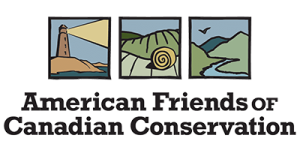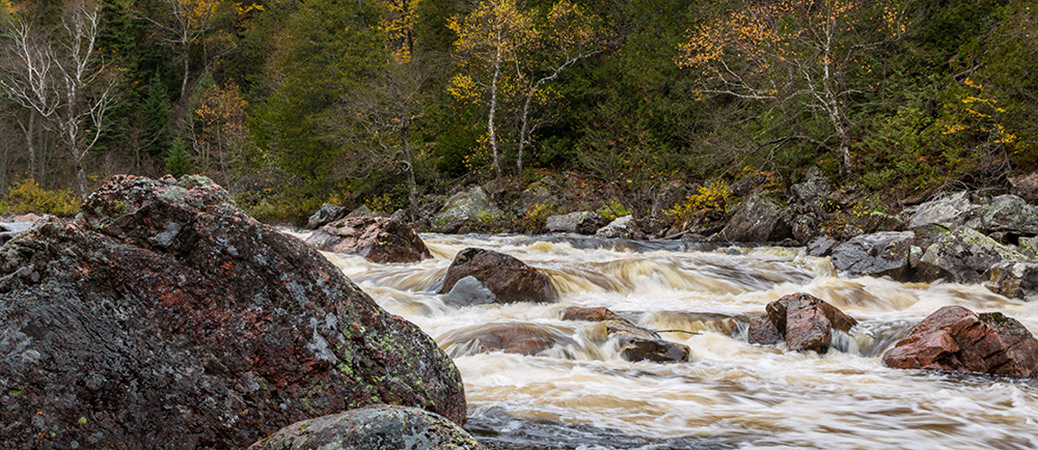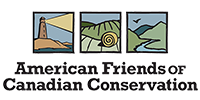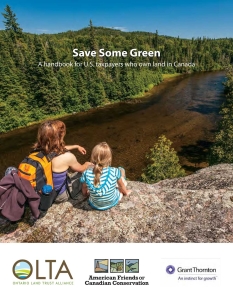History of American Friends of Canadian Conservation
Americans own cottages, fishing camps, hunting lodges, island retreats, working forests and mountain hideaways in some of Canada’s most scenic areas. Although firm figures are not widely available, regional analyses and anecdotal information from Canadian conservation leaders suggests that 50 percent, or more, of the land in prime vacation areas, such as the Maritimes, Great Lakes’ “cottage” country and British Columbia’s Gulf Islands, is owned by US taxpayers. Many of these properties are part of multi-generational family traditions that link the two countries.
In the past, Americans wishing to conserve properties that they own in Canada were thwarted by tax barriers created by both US and Canadian laws. US taxpayers who donated their property (or an agreement to restrict development) to a Canadian land trust had to forego any US tax benefit. A donation to a US organization resulted in potentially disastrous Canadian capital gains taxes on any appreciation.
American Friends of Canadian Conservation (American Friends) is a US charity, created in 2006 to remove the legal and financial barriers to permanent protection of the portion of Canada’s natural legacy owned by US taxpayers.
The US Internal Revenue Service recognizes American Friends as a 501(c)(3) charity so gifts of land, interests in land, or cash are tax-deductible against US income. American Friends of Canadian Conservation is a Prescribed Donee in Canada which means that gifts are essentially not subject to Canadian capital gains taxes. Visit the tax status page for more information about US and Canadian tax benefits.
Since completing its first transaction in October 2011, American Friends of Canadian Conservation and its Canadian partners have permanently protected 35 remarkable properties in 6 provinces through gifts of land and easements from generous conservation-oriented US taxpayers. Their gifts have a combined appraised value of over $20 million USD. Nearly four dozen individual US taxpayers were involved in these donations of ecologically-significant Canadian land and water.



